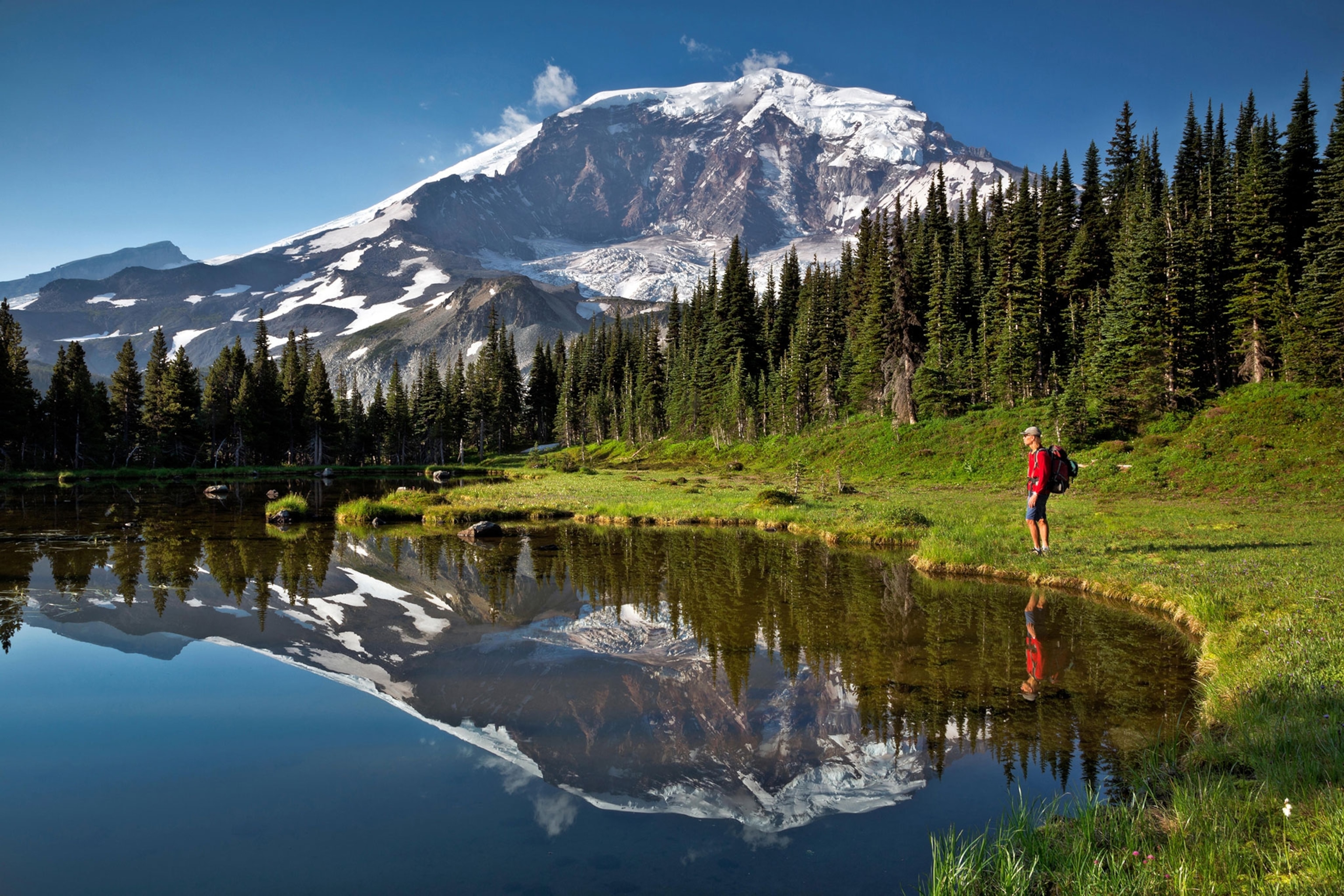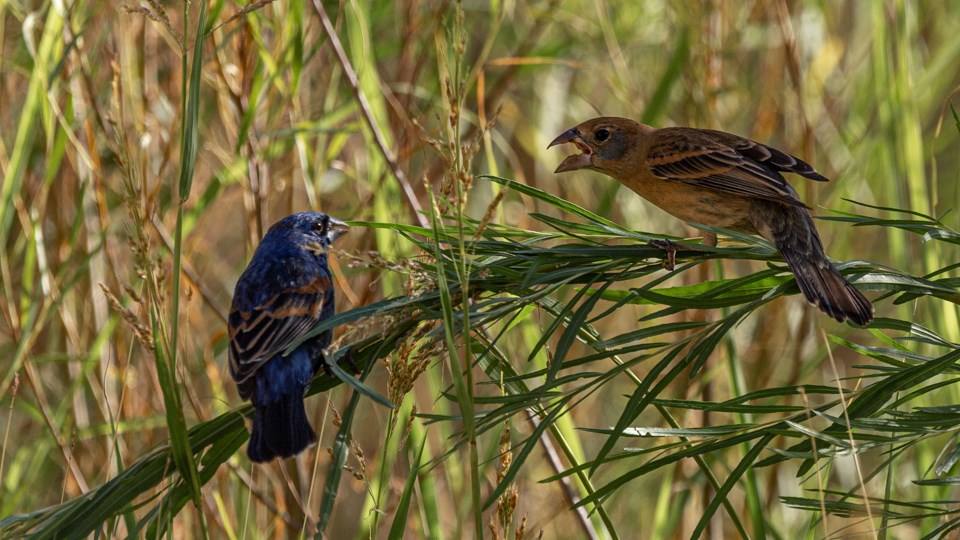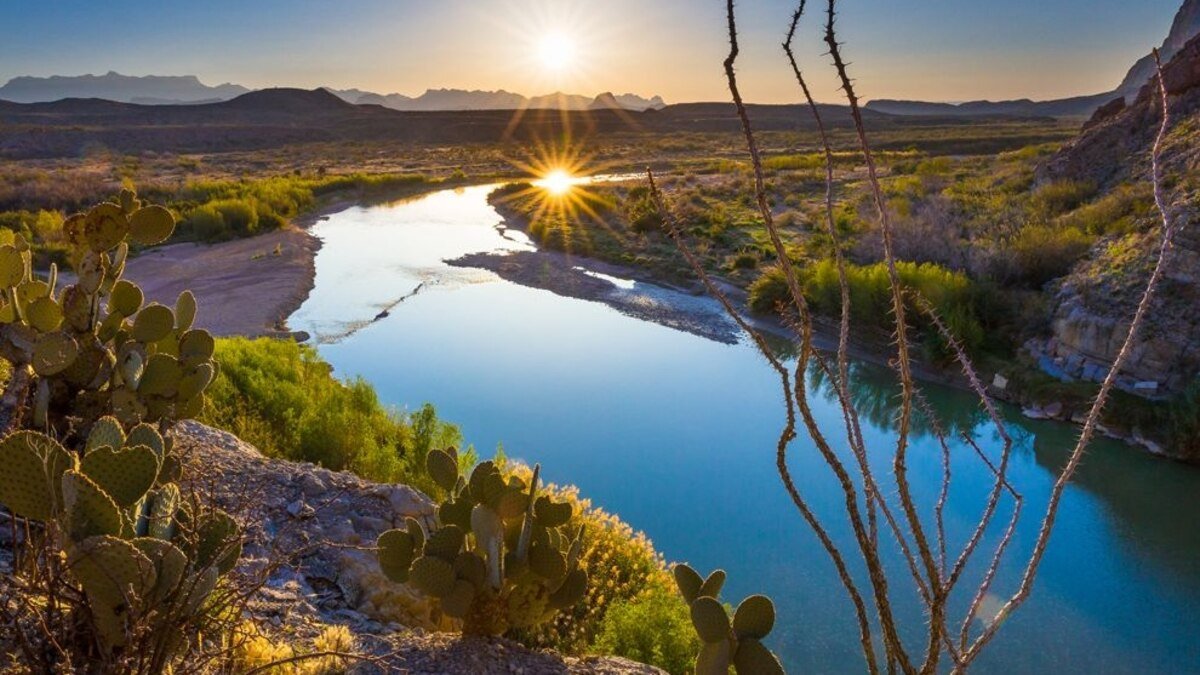Tucked away in a remote corner of southwest Texas, Big Bend National Park may not always top the list of the most visited parks in the U.S.—but when it comes to birds, this park reigns supreme. With over 450 recorded bird species, Big Bend holds the title as the national park with the highest number of bird species in the entire U.S. National Park System.
That’s more than Yellowstone, Yosemite, or even the Everglades. And it’s not just about quantity—many of the birds found in Big Bend are incredibly rare, elusive, or can’t be seen anywhere else in the country. For birders, this park is hallowed ground. For nature lovers, it’s an absolute paradise.

Let’s dive into what makes Big Bend such a unique birdwatching haven, what species to look out for, the best times to visit, and how even casual visitors can enjoy the vibrant and diverse avian life that makes this park so extraordinary.
📍 Where Exactly Is Big Bend National Park?
Big Bend is located in the Chihuahuan Desert of southwest Texas, bordered by the Rio Grande River and Mexico. Its remote location—over 100 miles from the nearest city—helps preserve its pristine wilderness and quiet solitude, making it a sanctuary not just for people, but for wildlife of all kinds.
The park spans over 800,000 acres and includes everything from rugged mountain ranges to vast desert basins and lush river corridors—creating a mix of ecosystems that attract an incredibly wide variety of birdlife.
🐦 Why Does Big Bend Have So Many Bird Species?

The answer lies in diversity—of habitat, geography, and climate. Big Bend is one of the few places in the U.S. where you’ll find desert, mountain, and river environments all in close proximity.
Here’s what makes Big Bend a birding hotspot:
1. Geographic Crossroads
Big Bend sits at the crossroads of North America’s eastern and western bird migration routes, as well as a key junction between temperate and tropical ecosystems. This means the park sees both resident and migratory species from a wide range of habitats.
2. Multiple Ecosystems
Within a single day, you could birdwatch in:
- Lowland desert scrub
- Riparian corridors along the Rio Grande
- High-elevation pine-oak forests in the Chisos Mountains
This elevation range—from 1,800 to over 7,800 feet—means dramatically different conditions and habitats, which support different types of birds.
3. Remote, Protected Wilderness
Because it’s far from cities and protected from development, Big Bend offers unspoiled habitat, ideal for both nesting and migratory birds. Less noise, less pollution, more birds.
🌟 Notable Bird Species You Might See

Big Bend is home to a dazzling array of bird species—from majestic raptors to tiny warblers. Here are some of the most sought-after and iconic species that birders travel here to find:
🟡 Colima Warbler
- Big Bend is the only place in the U.S. where you can reliably see this bird.
- Found mostly in the Chisos Mountains, particularly around Boot Canyon.
- Birders flock here each spring to try and catch a glimpse during breeding season.
🦅 Zone-tailed Hawk
- Often mistaken for a turkey vulture but a much rarer sight.
- Elegant and stealthy, using mimicry to hunt.
🟠 Painted Bunting
- Nicknamed the “most beautiful bird in North America.”
- Its rainbow-colored plumage is unmistakable.
🟢 Lucifer Hummingbird
- Another Big Bend specialty.
- Prefers desert canyons and agave-rich areas.
🟣 Elf Owl
- The smallest owl species in the world!
- Lives in woodpecker holes in desert trees and giant cacti.
🐤 Other commonly seen species:
- Vermilion Flycatcher
- Cactus Wren
- Scaled Quail
- Golden-fronted Woodpecker
- Pyrrhuloxia (Desert Cardinal)
- Gray Hawk
- Peregrine Falcon
- Roadrunner (yes, the real one!)
🗓️ Best Time to Visit for Birdwatching

Spring (March–May):
- Prime migration season
- Your best chance to see Colima Warblers and other songbirds
- Wildflowers bloom, attracting hummingbirds
Fall (September–October):
- Another wave of migration
- Raptors, flycatchers, and sparrows move through
Winter (December–February):
- Fewer species overall, but still plenty of desert birds and raptors
- Quiet trails, peaceful conditions
Summer (June–August):
- Hot—but still good for high-elevation species in the mountains
- Lucifer hummingbirds and nesting warblers
Pro tip: The earlier in the day you start, the more birds you’ll see. Dawn is magic hour in Big Bend.
🥾 Top Birding Spots in the Park

Here are some tried-and-true birdwatching locations that give you the best chance of spotting a wide variety of species:
🏞️ Boot Canyon (Chisos Mountains)
- The place to find the Colima Warbler
- Lush, shaded trails with spring-fed areas
- Moderate to strenuous hike
🌅 Rio Grande Village Nature Trail
- Easy loop with views of the river and wetlands
- Great for water birds and waders
🌵 Sam Nail Ranch
- Shady oasis in the desert
- Fruit trees and water attract tons of songbirds
🌄 Chisos Basin
- High elevation, good mix of habitats
- Great base for morning and evening birding
🐦 Cottonwood Campground
- Especially birdy during spring migration
- Good chance of spotting orioles, buntings, and kingbirds
📸 Tips for Beginner Birders in Big Bend
Even if you’re not a seasoned birder, Big Bend is an amazing place to start. Here’s how to make the most of it:
- Bring binoculars – even a basic pair makes a huge difference.
- Download the Merlin Bird ID app – you can ID birds by sight or sound.
- Use a bird checklist – Big Bend offers printable lists to track what you see.
- Be quiet and move slowly – birds will come to you if you’re patient.
- Join a ranger-led walk – available in peak seasons and full of helpful insights.
🧠 Fun Facts About Birds in Big Bend
- Some of the birds here travel thousands of miles to reach Big Bend as part of their migration journey.
- The park has been designated an Important Bird Area (IBA) by the National Audubon Society.
- It’s not uncommon to spot dozens of species in a single morning during migration season.
- Some birds here are year-round residents, while others are just passing through on epic migratory routes that span continents.
❓ FAQs – Birding at Big Bend National Park
Q: Do I need a permit to birdwatch in Big Bend?
No permit is needed beyond the standard park entrance fee, which is $30 per vehicle for a 7-day pass. Birding is included in your access.
Q: What’s the best time of day for birdwatching?
Early morning—especially from sunrise to 10 a.m. Birds are most active then, feeding, singing, and moving about.
Q: Are there guided birdwatching tours?
Yes! The park often hosts seasonal ranger-led bird walks and local birding groups sometimes offer tours. Check the visitor center or the park website for details.
Q: Is Big Bend good for beginner birders?
Absolutely. The wide variety of habitats, open visibility, and sheer number of birds make it a fantastic place for beginners and experts alike.
Q: What should I pack for birdwatching?
- Binoculars or a spotting scope
- Water and sun protection (the desert sun is intense!)
- Comfortable hiking shoes
- A bird guidebook or app
- A lightweight chair if you plan to stake out a spot
🌅 Conclusion: Why Big Bend Is the Ultimate Birding Destination
Big Bend may be remote, but it’s precisely that remoteness—combined with its breathtaking natural diversity—that makes it such a special place for birds and birdwatchers alike. With more species recorded here than in any other U.S. national park, it’s not just a place to see birds—it’s a place to connect with nature in its purest, most untamed form.
Whether you’re an expert birder chasing the elusive Colima Warbler, or simply someone who enjoys the sight of a Painted Bunting flitting through the desert brush, Big Bend has something to offer you. It’s not just a national park—it’s a living, breathing, wing-flapping symphony of life.
So pack your binoculars, lace up your boots, and point your compass southwest. The birds are calling—and Big Bend is ready to welcome you.
Bird on. Explore more. And let Big Bend remind you why nature always sings the sweetest song. 🐦🌄
